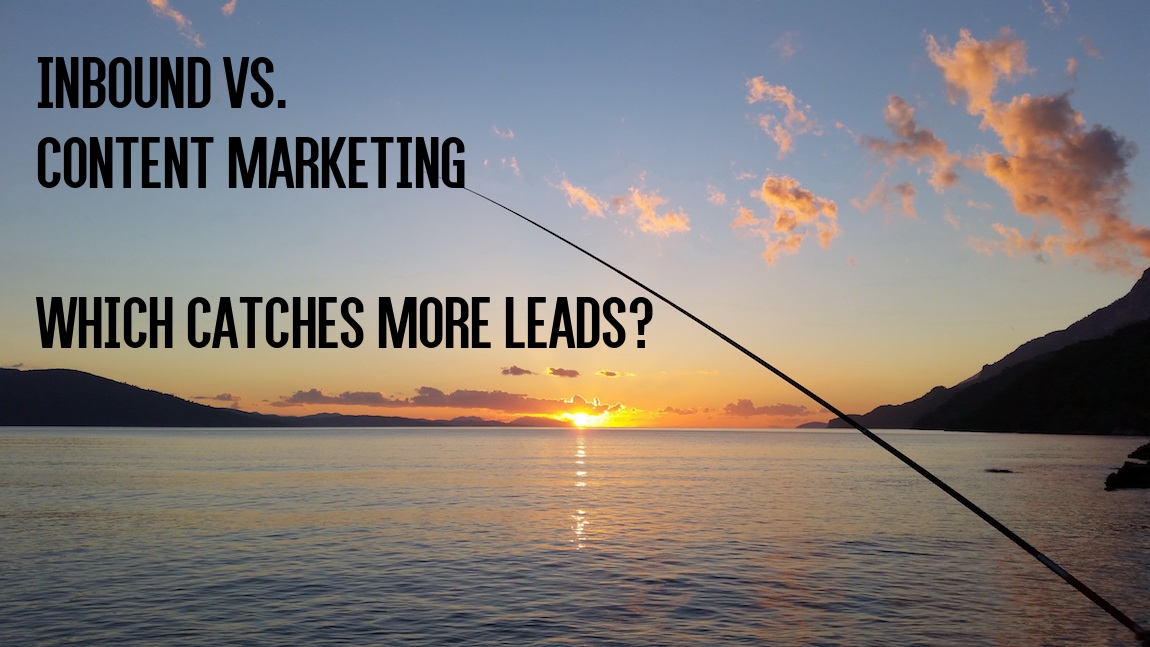by MGB2B

The Myth: Millennials Aren’t Making B2B Decisions
The Truth: Millennials Are Changing the Face of B2B Marketing Altogether
Over the last few years, the demographic for B2B buyers has dramatically shifted. More than half of today’s B2B buyers — employees assigned to find product providers — are labeled as millennials. This is a huge increase from 2012, when millennial buyers made up only 27% of the B2B buyer job category.
The question isn’t: Do millennials make B2B decisions? It’s how has this giant shift affected B2B marketing?
This dramatic shift in such a small period of time means that successful B2B marketers must understand what makes millennials tick. As you’re probably already aware, millennials are less likely to respond to many of the marketing tactics that worked on Baby Boomers, or even Gen X. Millennials have never known a world without the Internet — they are digital natives. They complete the majority of their buying journey through their own research, rather than relying on sales reps. That means marketing content must always be relevant, easy to find, mobile-friendly, and engaging — but informative as well. The challenge with content marketing today is finding that perfect balance of engaging visual content, and informative decision-making content.
If you’re worried about sacrificing Gen X and Baby Boomer decision makers, don’t. They may respond a little differently from their younger counterparts, but they crave content just as much.
The Importance of Mobile for This Audience
Whatever content you create for this audience, one of the most important things to remember is to have mobile-friendly content. With 42% of B2B researchers using mobile as they make purchase decisions, you can’t afford to lose buyers during that process. That means your website, emails, white papers, blog posts — everything — need to be legible, well-designed, and easy to navigate on a mobile phone. This applies across generations of course, but is particularly true for millennials, who use their mobile phones for nearly every decision they make — whether at work or at home.
Not sure how to approach B2B marketing for this audience? Drop us a line.
Continue Reading
by MGB2B

The Myth: Content Marketing and Inbound Marketing Are the Same Thing.
The Truth: Content Marketing Expands Well Beyond Just Inbound.
One mistake marketers make fairly often is confusing Content Marketing with Inbound Marketing. They see them as one and the same, when in reality Inbound Marketing is just a child of Content Marketing. Let’s take a closer look.
First off, when we talk about content, here are some examples of what we’re referring to:
- Blog Posts
- Podcasts
- White Papers
- eBooks
- Social Media Posts
- Videos
Content Marketing is simply how you distribute content to your target audience. The way you do it can make or break your marketing campaign. Sometimes, Content Marketing takes the form of Inbound Marketing.
So, How Does Inbound Marketing Work?
Inbound marketing is a simple concept. It generates strong leads for B2B brands because it lets the buyer find you instead of you hunting them down as you would with Outbound Marketing. It is passive marketing – you leave your fishing hook in the water and wait for the fish to come and take your bait. So the goal is to make your bait as attractive as possible by optimizing the content on your website and social media sites. If your content is good, hopefully others will use them as inbound links on their sites. This gives you credibility, not only to prospects, but to Google, who will then be more likely to put you at the top of the search list.
The goal of Inbound Marketing, is once you draw a prospect to your content, you can capture their information, and they become a lead that you can now contact and (hopefully) convert.
But this is only one way to use content.
Okay, What About Content Marketing?
Content Marketing encompasses more than just Inbound. It’s been around much longer than you might think. John Deere started doing it back in 1895 by creating The Furrow, an agricultural magazine that would appeal to his customers and prospects (millions of them). Walt Disney was a master of Content Marketing as early as 1954. Both the Deere and Disney brands have been distributing their content to mass audiences since long before the Internet was even invented, never mind Inbound Marketing.
But we needn’t put the division line between Inbound and Offline. There are other ways to drive people to your content online that are not considered Inbound Marketing. Optimizing your content can get you hot leads who are searching for what you offer, but Outbound allows you to widen your net a bit. It’s basically marketing as you’ve always known it, but used to drive readers to content instead of to build awareness of your brand. With Outbound, you drive people to your content via:
- Social Media Ads
- Online Display Ads / Retargeting
- Paid Search
- E-blasts via Trade Publications
- Webinars with Relevant Trade Publications
- Email Campaigns (though there is debate as to whether this is considered Inbound or Out)
As you can see, Content Marketing is a wide umbrella, and Inbound a highly effective methodology that falls beneath it. Their goal is the same: to get prospects into your sales funnel. The key is to have good content that can increase the number of leads you get from both your Inbound and Outbound efforts. Try what you think will work best for your target audiences, measure the effectiveness of each piece of your campaign, and fine-tune it until you have a well-oiled Inbound and Outbound Content Marketing machine.
Continue Reading
by MGB2B

As we all know too well, election season is upon us. And whether you’re a staunch conservative, an unbending liberal, or anything in between, manufacturing is an important part of the conversation. In fact, according to Pew Research, the economy is the top issue for Americans in this election. If you watched the first debate, manufacturing came up at least once or twice in the conversation. That’s because, while the U.S. may face obstacles when it comes to manufacturing, it is still one of the most important drivers of our economy.
So how can you capitalize on this?
The key is for manufacturing companies to show Americans what they do for the economy, how they are creating jobs, coming up with new innovations, and driving America forward. A candidate for local, state, or even U.S. office might pick up your positive story and bring it to the public as an example of success (which can be good or bad depending on how people feel about the candidate). And if you’re really lucky, a national news organization may even cover your story.
Here Are 5 Storytelling Tips for Manufacturers during Election Season:
- Blog About It. Brainstorm the ways you contribute to American progress and get a blog post about it (or even a series) up on your website as soon as you can.
- Promote Those Blogs. Once you have them written, distribute your blogs on your social media sites and email them out to your database. Twitter allows you to promote them frequently and use appropriate hashtags so that industry people (and others) will take notice.
- Shop Your Story Out to Trade Pubs. Send a good old fashioned press release to the publications you deal with most, especially the ones who run your ads regularly.
- Shop Your Story Out Beyond Your Own World. A good, human story about the economy is valuable not just to people in your industry, but to bigger news organizations. If it’s a strong story and it’s written well, they might just pick it up.
- Make a Video. Obviously, time is running out to get in on this election, so this may not be an option for you unless you have an in-house team or an agency that can pull off a great video before November. But a video that shows your company’s progress and tells the story about how you are contributing to the American economy can go a long way. And it’s something that can live online long after the election is over. Sending a video to accompany your press release increases the likelihood that your story will grab the attention of news organizations. Who knows? They may even want to use a clip on TV.
You won’t know the possibilities until you try it. So if you truly have a great manufacturing story, and you think it’s time for America to hear it, put it out there. At this point, voters are aching to hear a positive story. You might as well be the bearer of good news.
Continue Reading


